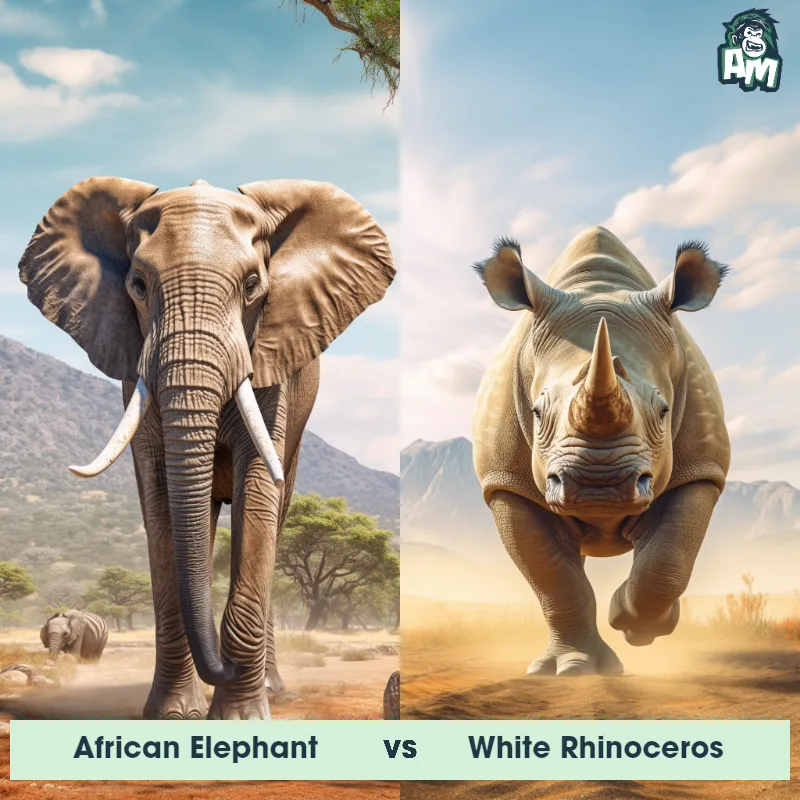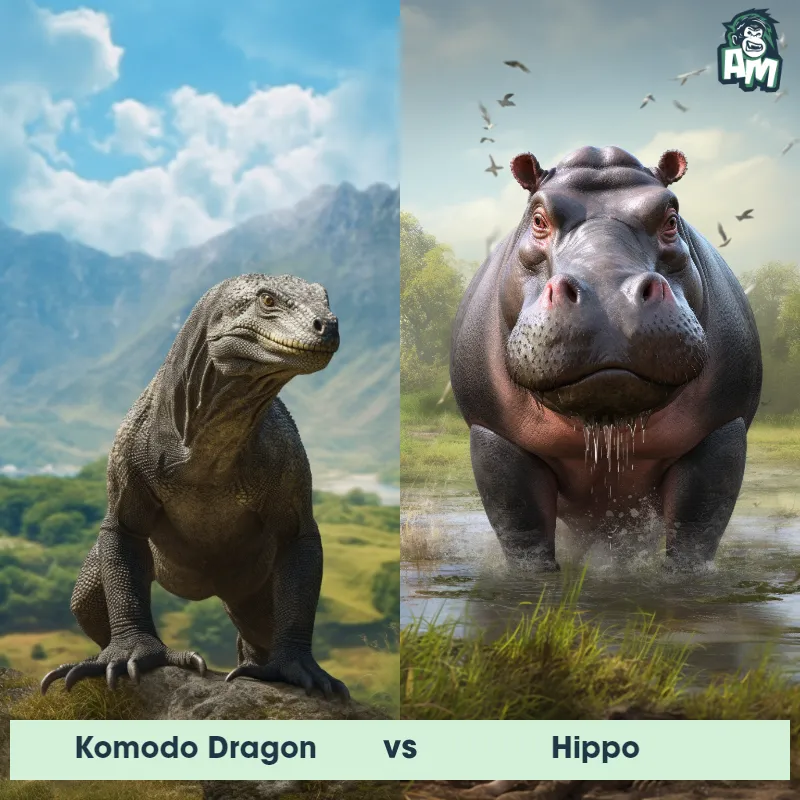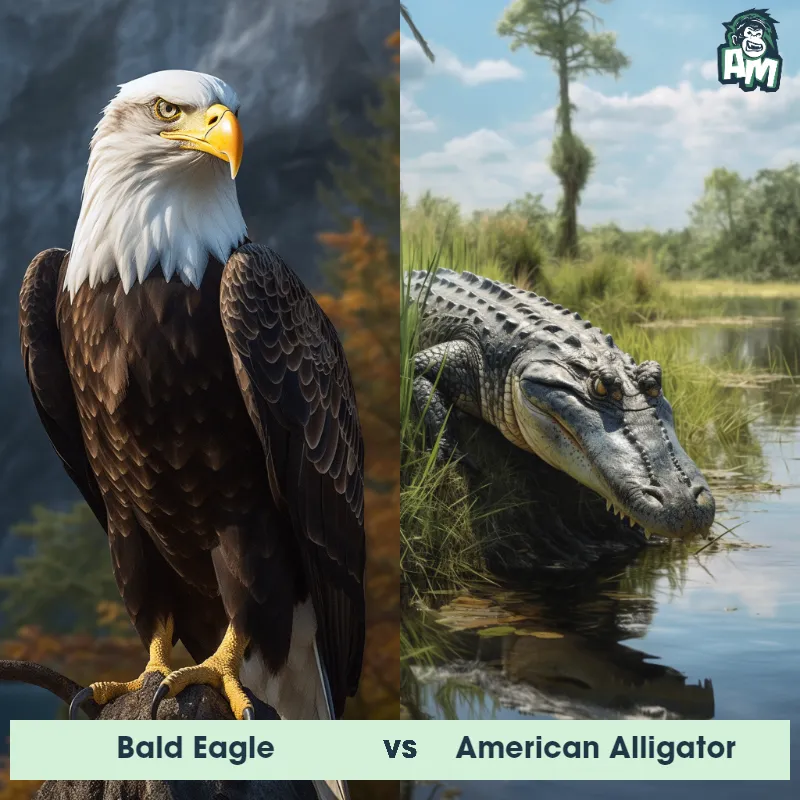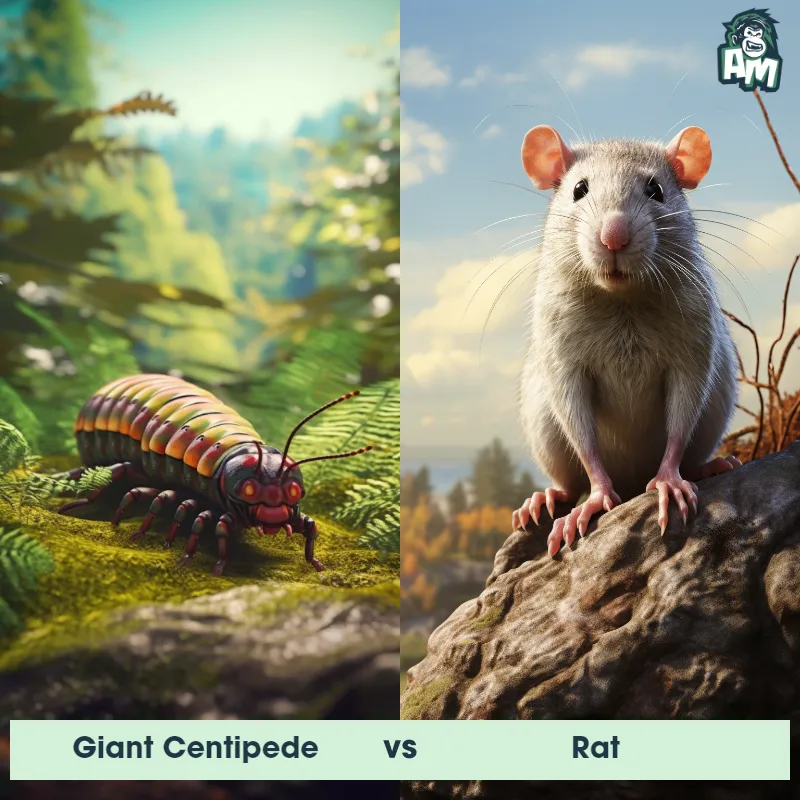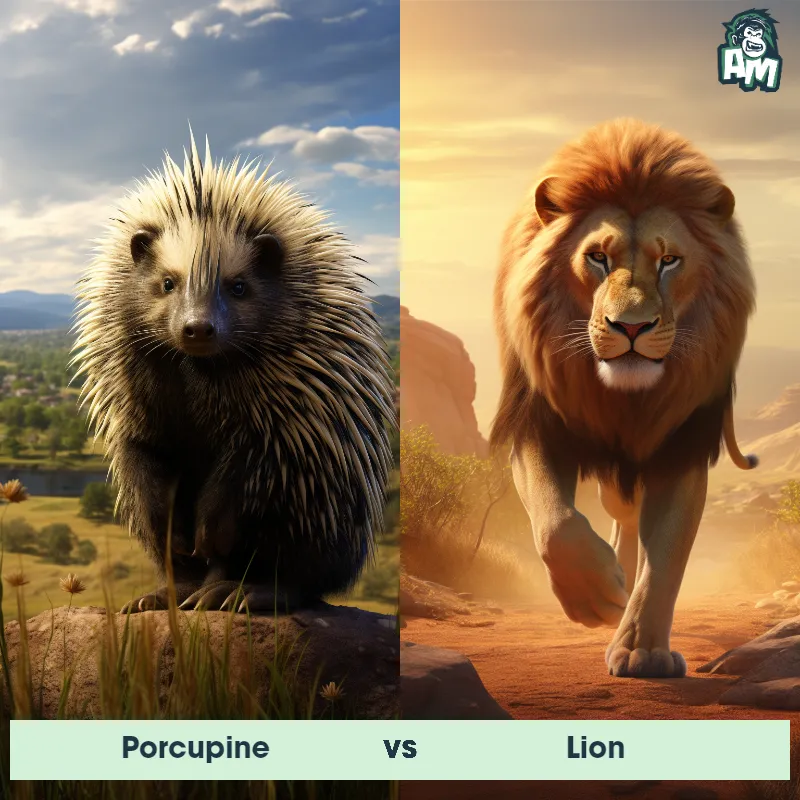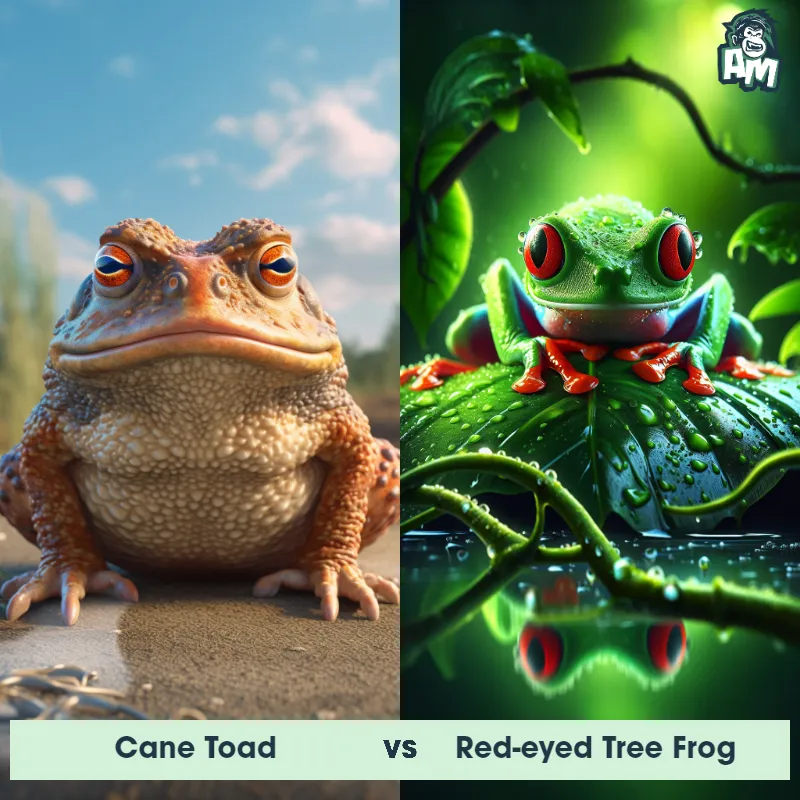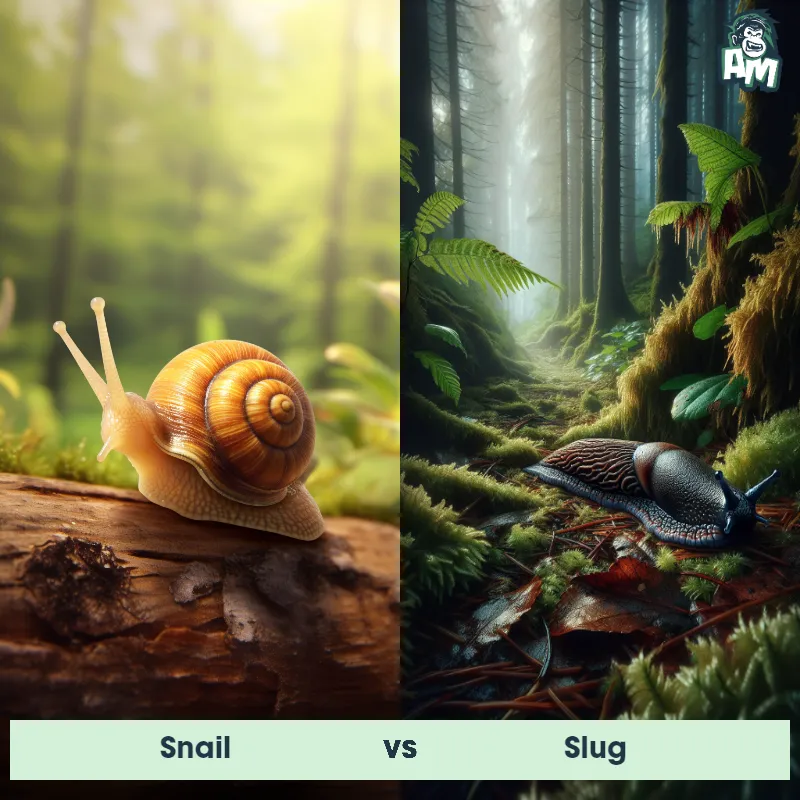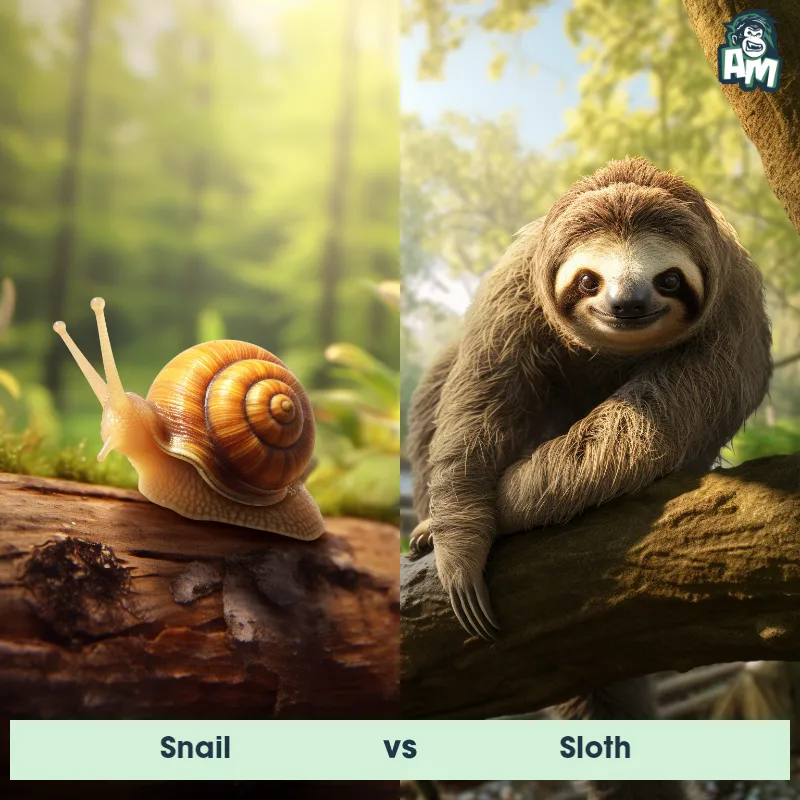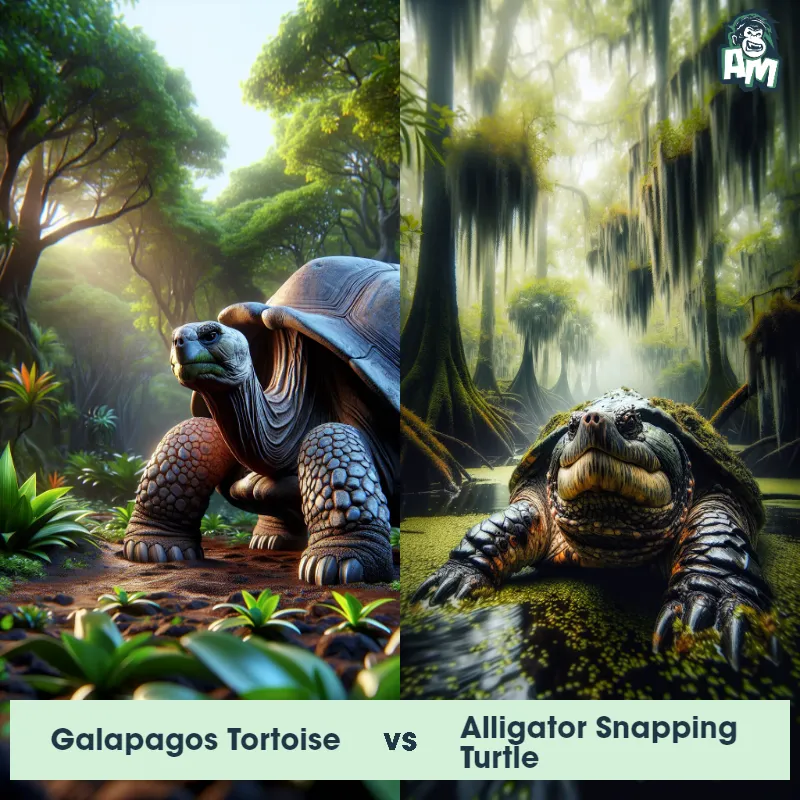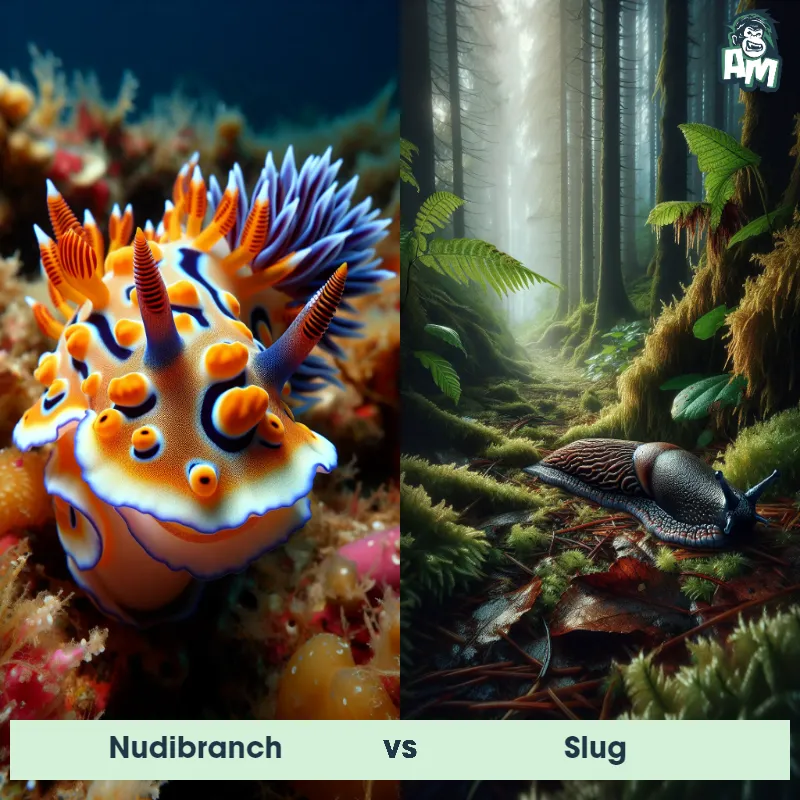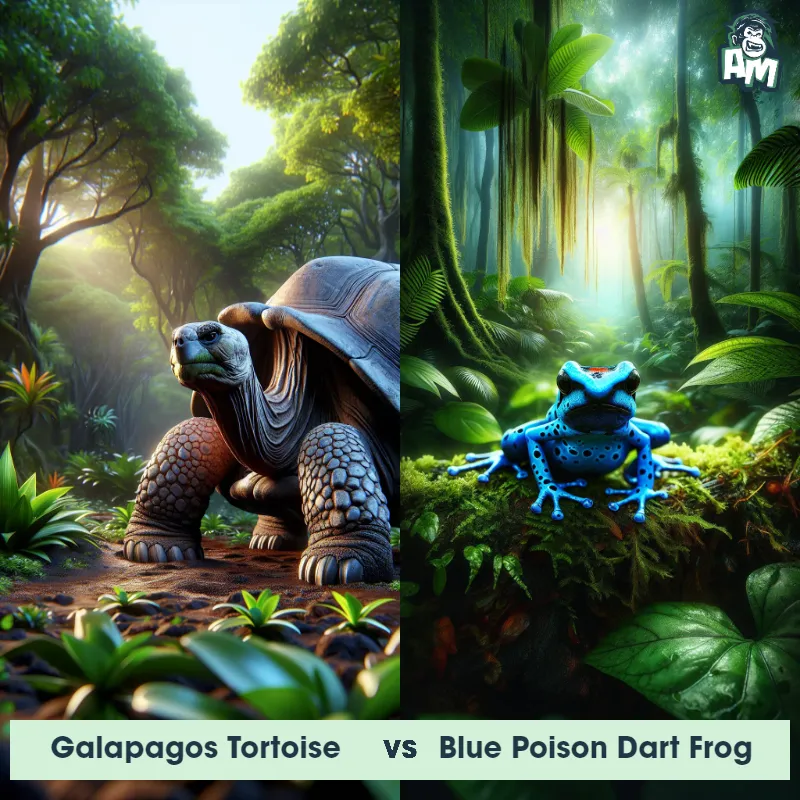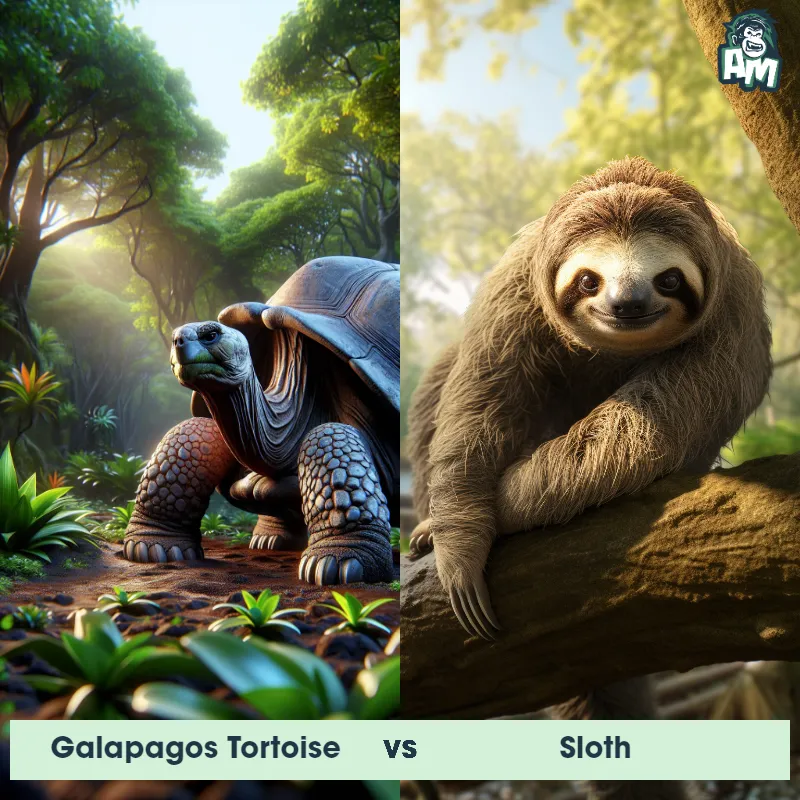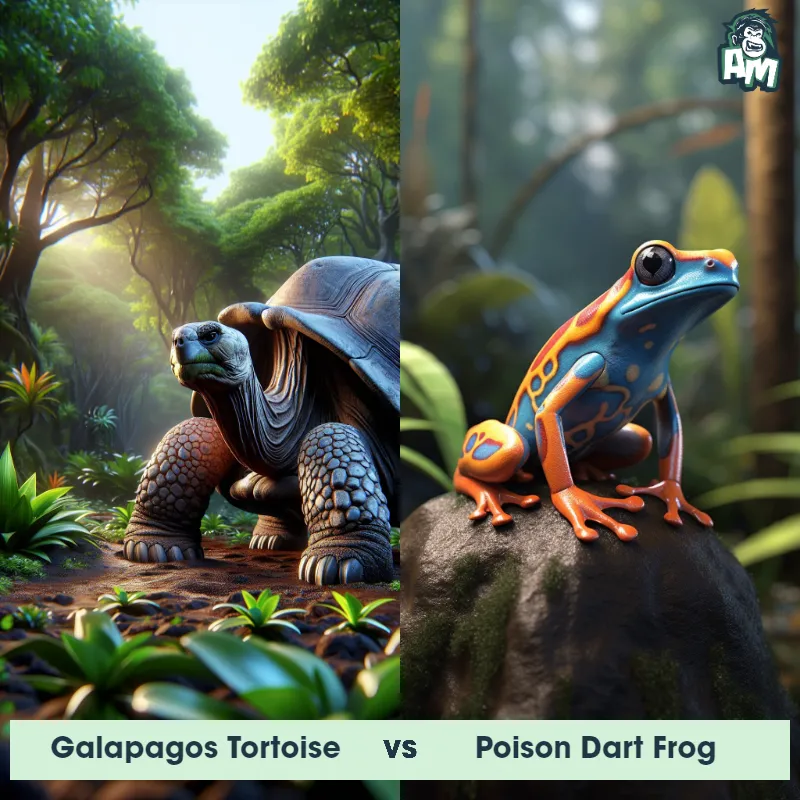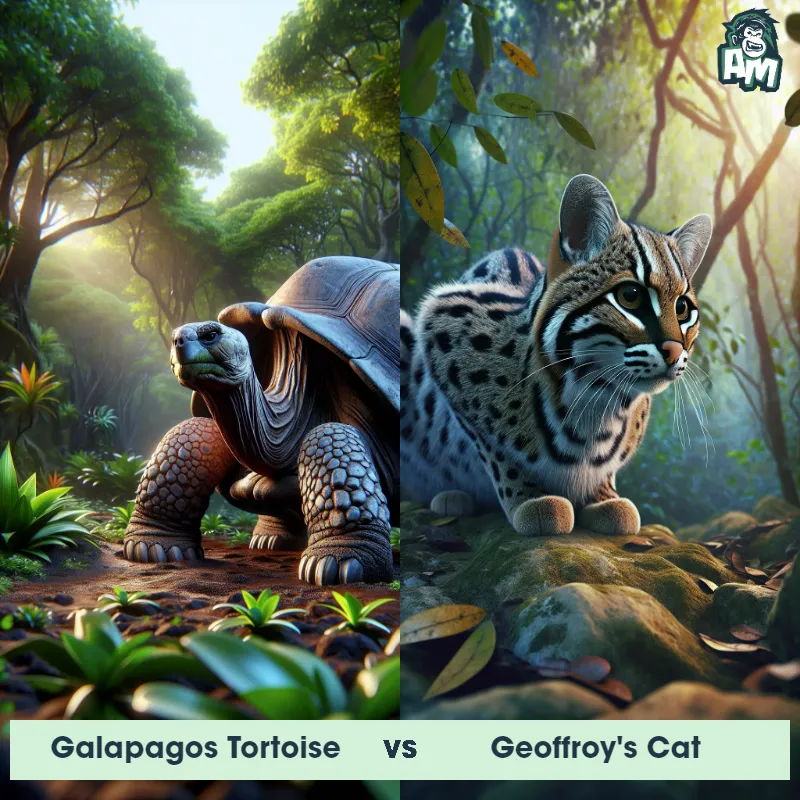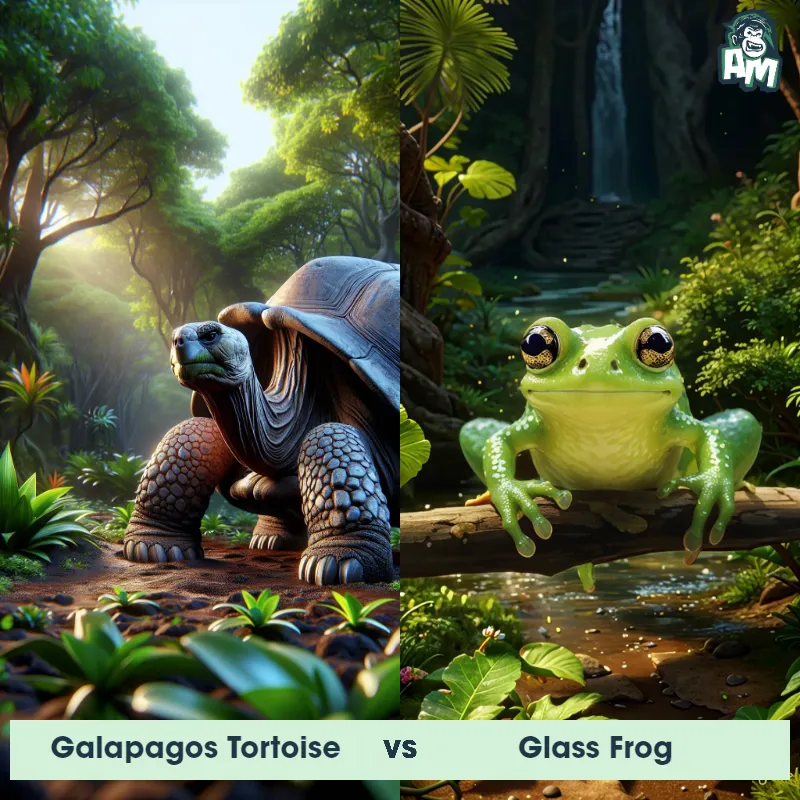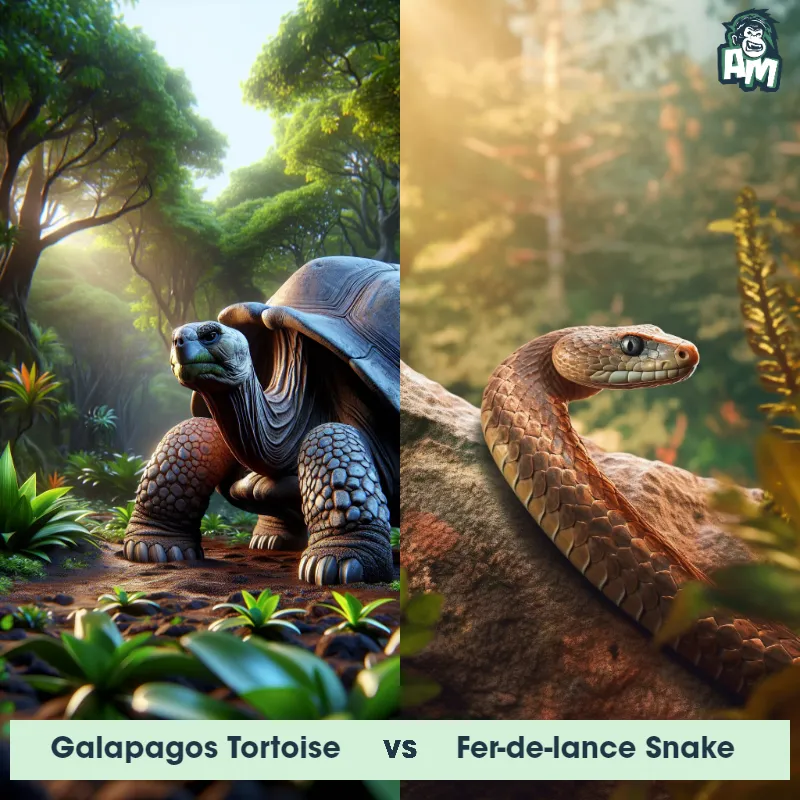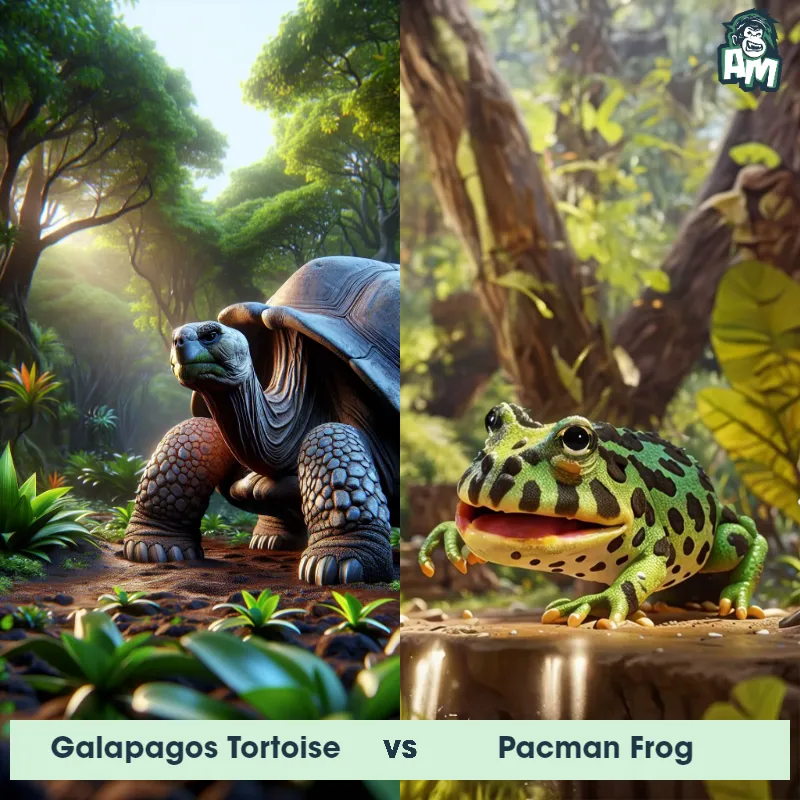Galapagos Tortoise vs SnailSee Who Wins
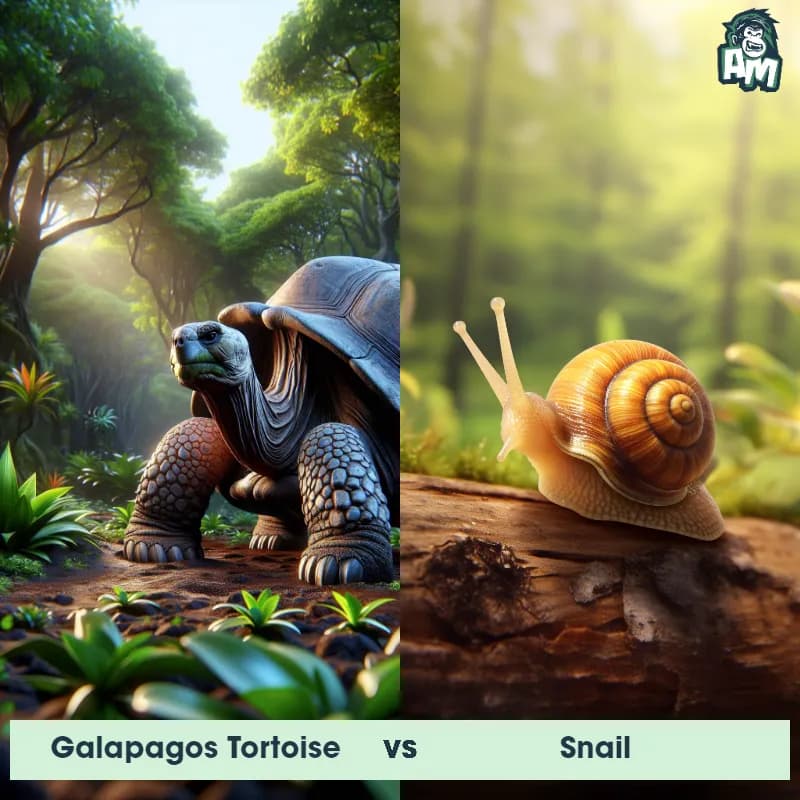
Welcome to this epic matchup between a Galapagos Tortoise and a Snail! These two competitors may be small in size, but they are fierce in spirit. Get ready for an intense showdown between these unlikely opponents.
Contender 1: Galapagos Tortoise
The Galapagos Tortoise, also known as the giant tortoise, is one of the largest tortoise species in the world, with individuals often weighing over 500 pounds and measuring up to 6 feet in length. They have a distinct dome-shaped shell that protects their bodies, which can range in color from dark brown to black. These tortoises have long necks and limbs, enabling them to reach vegetation both on the ground and in trees. They are herbivorous, primarily feeding on grass, cactus, and leaves, and their lifespan can exceed 100 years.
Fun Fact: Galapagos Tortoises possess the ability to store water in their bodies, allowing them to survive for up to a year without drinking any water. This adaptation enables them to inhabit arid regions where water sources may be scarce.
Contender 2: Snail
The snail is a small mollusk, recognized by its coiled shell, which it carries on its back and can retreat into for protection. Snails can be terrestrial, freshwater, or marine, and they possess a muscular 'foot' used for locomotion and a head with tentacles that contain eyes. The size of snails can vary considerably, from a few millimeters to several inches in diameter, depending on the species. Known for their slow movement, snails leave behind a trail of mucus as they move, which aids in their movement over rough surfaces.
Fun Fact: Despite their reputation for being slow, some species of snails can reach a top speed of 1.3 cm/s, which, while still not fast in human terms, is relatively impressive for their size.
Matchup Stats
| Galapagos Tortoise | Snail | |
|---|---|---|
| Size | Up to 6 feet in length (1.8 meters) | Varies from 0.1 inches to 12 inches (0.25 cm to 30.48 cm) |
| Weight | Over 500 pounds (227 kilograms) | Varies from 0.01 ounces to 32 ounces (0.3 grams to 907 grams) |
| Speed | 0.3mph (0.48km/h) | 0.03mph (0.05km/h) |
| Key Strength | Strong bite force | Ability to retreat into its shell for protection |
| Biggest Weakness | Slow movement speed | Slow movement |
Current Votes
Galapagos Tortoise vs Snail
See Who Wins
View More Matches
Looking For More?
Similar Matches
Scientific Stats
| Galapagos Tortoise | Snail | |
|---|---|---|
| Scientific Name | Chelonoidis nigra | Gastropoda |
| Family | Testudinidae | Gastropod |
| Habitat | Terrestrial, inhabits forests, grasslands, and semi-arid regions. | Terrestrial, Freshwater, Marine |
| Geography | Endemic to the Galapagos Islands, Ecuador | Worldwide |
| Diet | Herbivorous, primarily grass, cactus, and leaves. | Herbivore, Detritivore |
| Lifespan | 100 years - 150 years | 1 year - 10 years |
Key Differences between Galapagos Tortoise and Snail
- Lifespan: The Galapagos Tortoise can live for over 100 years, while the Snail has a much shorter lifespan, usually only a few years.
- Shell: The Galapagos Tortoise has a hard, bony shell that provides protection against predators, while the Snail has a soft, spiral shell that offers minimal protection.
- Habitat: The Galapagos Tortoise is primarily terrestrial, inhabiting dry grasslands and forests, while the Snail is mainly found in damp, moist environments such as gardens and forests.
- Limbs: The Galapagos Tortoise has four sturdy legs which it uses to move on land, while the Snail has a muscular foot that allows it to glide along surfaces.
- Head: The Galapagos Tortoise has a large, elongated head with a beak-like mouth for eating vegetation, while the Snail has a small head with tentacles for sensing its environment.
- Size: The Galapagos Tortoise is significantly larger than the Snail, with the tortoise weighing up to 500 pounds while the snails are typically less than an inch in length.



